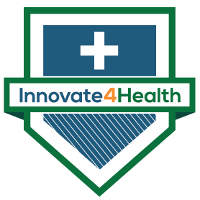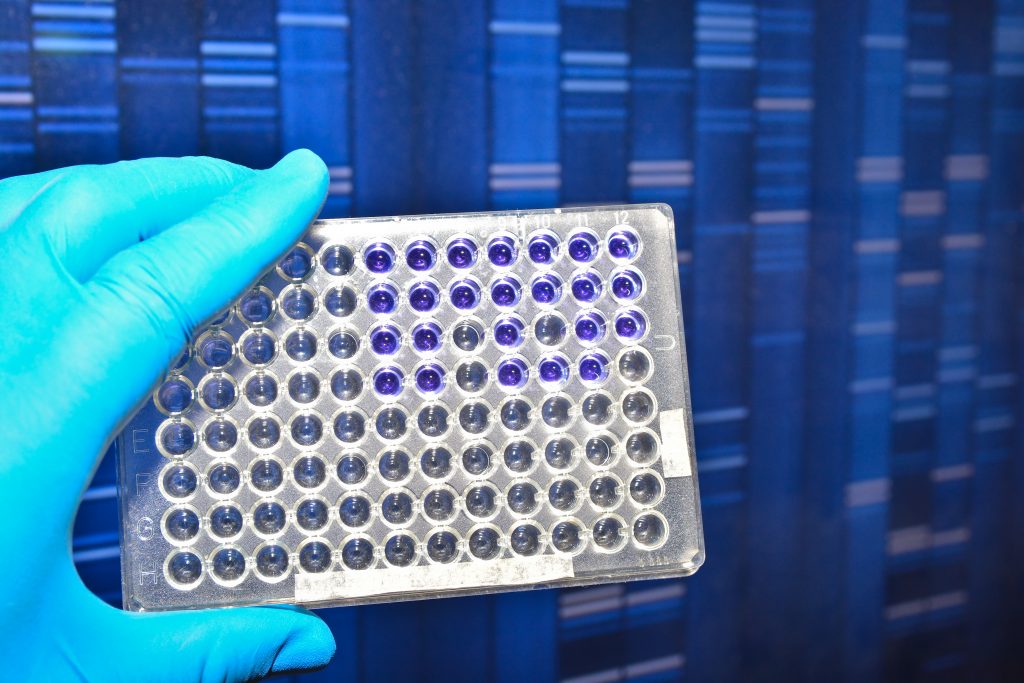This post is one of a series in the #Innovate4Health policy research initiative.
 By Alex Summerton
By Alex Summerton
Originally a disease diagnosed only in developed countries, cancer is now a leading cause of death in the developing world with over half of all new cases annually. The rise in cancer in the developing world is attributed to improving technological, medical, and socioeconomic conditions. People are living longer due to reducing other causes of mortality such as infectious disease, unsanitary conditions, and maternal and infant mortality. The result is populations living long enough to begin seeing end of life diseases like cancer.
However, the advances leading to the higher prevalence of cancer in the developing world have not been accompanied by the advances to fight it. Treatment costs remain prohibitively high. Detection occurs late during the disease’s progression, generally after symptoms begin to present and chances of survival decrease. Underdeveloped infrastructure makes accessibility to screening and treatment difficult. Doctors’ offices can be remote and crowded, and trained oncologists are few and far between, leaving necessary expertise inaccessible to patients.
The overall effect is a developed-world disease outstripping developing-world technology and infrastructure.
Miroculus aims to combat the challenges of cancer screening, in both the developed and developing world, by providing accurate, low-cost, and accessible technologies that can be easily deployed at the earliest stages when treatment is cheaper and more effective. Founded by Alejandro Tocigl, Foteini Christodoulou, and Jorge Soto, Miroculus is developing a method of screening for cancers via microRNA.
The flagship product of Miroculus is Miriam, a cancer detection platform enabling accurate, early screening of cancer. Debuted at TEDGlobal in 2014, Miriam is a non-invasive tool that can rapidly screen for a wide range of cancers. Its design means it can be deployed during routine health examinations, rather than as part of cancer testing once symptoms have presented. Miriam works by assaying blood for the presence of microRNAs. Miroculus’s team has shown that certain microRNAs in a patient’s blood are correlated with specific types of cancer. So far, Miroculus has proven the concept of enabling Miriam to detect pancreatic, lung, breast, and hepatic cancer.
 Miriam achieves its goals through a simple yet elegant construction, requiring only a camera, computer, and testing substrate in a standard well plate. Each well contains a reactant keyed to a specific microRNA. A patient’s sample is added to each well and tested for the presence of microRNA. When the particular microRNA in the well is present in the patient’s sample, the reaction produces a luminescent effect. Miriam’s camera monitors these reactions by recording the change in luminosity of the wells during testing, sending these images via Miriam’s computer to Miroculus’s cloud computer. Miroculus then analyzes the pattern to determine which microRNAs are present and whether the patient has cancer.
Miriam achieves its goals through a simple yet elegant construction, requiring only a camera, computer, and testing substrate in a standard well plate. Each well contains a reactant keyed to a specific microRNA. A patient’s sample is added to each well and tested for the presence of microRNA. When the particular microRNA in the well is present in the patient’s sample, the reaction produces a luminescent effect. Miriam’s camera monitors these reactions by recording the change in luminosity of the wells during testing, sending these images via Miriam’s computer to Miroculus’s cloud computer. Miroculus then analyzes the pattern to determine which microRNAs are present and whether the patient has cancer.
Miriam’s advantageous three piece construction provides low-cost implementation while remaining clinically effective. Driven by Miroculus’s objective to democratize cancer screening technology, a Miriam testing platform can be created using cheap and readily available technologies in the developing world. During Miriam’s first debut, one of the founders showed the technology being deployed via a 3D-printed test chamber and a smartphone. Both 3D printing and smartphones are viewed as platforms for bringing developed-world medical technologies to the developing world. Combining innovative biological science and versatile technology such as 3D printing and smartphones allows Miriam to substitute for complex specialized equipment requiring far more training and resources to implement.
Miroculus is employing a blend of IP protections in the distribution of Miriam. It is combining an open source release of how to construct the Miriam platform, including copyrighted design plans for making the 3D printed device, with patent protection over its microRNA based testing method. Choosing to use this dual IP protection allows Miroculus to ensure a quality product in real world use with sufficient income to both run the company and develop the next generation of technologies.
To test the deployment and efficacy of Miriam, Miroculus has elected to employ open source distribution of Miriam. Instructions for building a fully functional Miriam are currently available on GitHub, including 3D printing instructions and software, firmware, and hardware instructions for a testing computer implemented on Arduino. These documents and code are published under open source licenses. This owner-driven free exercise of rights provides Miroculus with two major advantages. First, Miroculus can enjoy open collaboration and improvement on Miriam’s design and software. Second, making Miriam open source can encourage the adoption of the technology leading to additional economies of scale and providing Miroculus reputational benefits in the marketplace.
Miroculus is also utilizing patent protection for aspects of Miriam that require technical sophistication beyond having access to a 3D printer. It is globally seeking patents for testing wells and the detection system. By patenting the disposable wells, Miroculus can secure a return on its research and investment into Miriam. Because Miroculus views supplying the testing wells as the best income strategy for the technology, with revenue from supplying platforms being only incidental, Miroculus will be able to leverage the low-cost adoption of Miriam afforded by delivering an open source platform.
Miriam is a story of modern technology being used to bridge the gap between the developed and the developing world. Miroculus has a goal of enabling cheap, routine screenings for a wide range of cancers to lower the costs, both economic and human, of the disease. By making its testing device easily available, Miroculus aims to reach its goal of accessibility. And by securing patent protection for its testing wells, Miroculus will be able to ensure a return on its technology. This will allow further development and democratization of the necessary technology for combating the world’s most pressing diseases.
#Innovate4Health is a joint research project by the Center for the Protection of Intellectual Property (CPIP) and the Information Technology & Innovation Foundation (ITIF). This project highlights how intellectual property-driven innovation can address global health challenges. If you have questions, comments, or a suggestion for a story we should highlight, we’d love to hear from you. Please contact Devlin Hartline at jhartli2@gmu.edu.

